Plant Cycle Worksheet for Kindergarten
Are you searching for an engaging and educational activity to enhance your kindergarten students' understanding of the plant cycle? Look no further! Our Plant Cycle Worksheet is specially designed to captivate young minds and introduce them to the fascinating world of plants. With clear and colorful visuals and easy-to-understand language, this worksheet is the perfect tool to teach your students about the life cycle of plants in a fun and interactive way.
Table of Images 👆
- Plant Life Cycle Worksheet Kindergarten
- Plant Life Cycle Seed Worksheet
- Plant Life Cycle Printable Worksheets
- Bean Plant Life Cycle Worksheet
- Plant Life Cycle Worksheet 3rd Grade
- Plant Life Cycle Booklet
- Plant Life Cycle Cut and Paste
- Printable Plant Parts Worksheet
- What Plants Need Worksheet Kindergarten
- Parts of a Plant Booklet Worksheet for Preschool
- Plant Activities Kindergarten
- Plant Parts Worksheet
More Other Worksheets
Kindergarten Worksheet My RoomSpanish Verb Worksheets
Cooking Vocabulary Worksheet
DNA Code Worksheet
Meiosis Worksheet Answer Key
Art Handouts and Worksheets
7 Elements of Art Worksheets
All Amendment Worksheet
Symmetry Art Worksheets
Daily Meal Planning Worksheet
What is a plant?
A plant is a living organism that typically has roots for anchorage and absorption of nutrients, a stem for support and transportation of water and nutrients, leaves for photosynthesis, and reproductive structures for producing seeds or spores. Plants are essential to life on Earth as they provide oxygen, food, and habitat for other organisms, as well as playing a crucial role in the carbon and water cycles.
What does a plant need to grow?
Plants need several key things to grow, including sunlight for photosynthesis, water for hydration and nutrient absorption, carbon dioxide for photosynthesis, and oxygen for respiration. Additionally, plants also require soil or a suitable growing medium to anchor themselves and provide essential nutrients like nitrogen, phosphorus, and potassium. Temperature, humidity, and proper care such as pruning and pest control are also important factors in ensuring healthy plant growth.
How do plants make their own food?
Plants make their own food through a process called photosynthesis, which takes place primarily in their leaves. They absorb sunlight and use it to convert carbon dioxide from the air and water from the soil into glucose (a type of sugar) and oxygen. This process is carried out by chlorophyll, a pigment found in the chloroplasts of plant cells. The glucose produced is used by the plant for energy and growth, while the oxygen is released into the atmosphere as a byproduct.
What is the role of roots in a plant?
The primary role of roots in a plant is to anchor the plant into the soil, provide stability, and absorb water, nutrients, and minerals from the soil. Additionally, roots also store food reserves and help in some plants' reproduction by producing lateral roots or adventitious roots. Overall, roots play a crucial role in the growth, development, and survival of plants.
How do plants reproduce?
Plants reproduce through two main methods: sexual reproduction and asexual reproduction. Sexual reproduction involves the fusion of male and female reproductive cells, usually from flowers, to produce seeds. Asexual reproduction, on the other hand, involves the production of new plants from a single parent plant without the need for seeds. This can happen through methods such as runners, bulbs, tubers, or cuttings. Both methods are crucial for plant propagation and ensuring the survival of plant species.
What are the different parts of a flower?
A typical flower consists of several main parts: the petals, which are often colorful and fragrant to attract pollinators; the sepals, which protect the flower bud before it opens; the stamen, the male reproductive organs that produce pollen; the pistil, the female reproductive organ that receives pollen; and the ovary, where fertilization occurs and seeds are formed.
What is pollination and how does it happen?
Pollination is the process by which pollen is transferred from the male reproductive organs of a flower to the female reproductive organs, resulting in fertilization and the production of seeds. This transfer of pollen can occur through various mechanisms including wind, water, insects, birds, and other animals. These pollinators unknowingly carry pollen from one flower to another as they search for nectar, inadvertently aiding in the reproductive cycle of plants.
What are the stages of a plant life cycle?
The stages of a plant life cycle are germination, growth and development, reproduction, and death. Germination is the process of a seed sprouting into a seedling. The growth and development stage involves the plant increasing in size and maturity. Reproduction includes the production of flowers, fruits, and seeds for the next generation. Finally, the plant reaches the end of its life cycle with death or dormancy.
How do plants adapt to their environment?
Plants adapt to their environment through various mechanisms such as altering their physical structures, changing their growth patterns, developing specialized features, and adjusting their reproductive strategies. They may also exhibit physiological responses like altering their metabolism or increasing water retention. These adaptations help plants survive and thrive in different environmental conditions such as fluctuations in temperature, availability of water, soil composition, and levels of light. Overall, the ability of plants to adapt to their surroundings is essential for their growth, survival, and successful reproduction in diverse habitats.
Why are plants important to humans and the environment?
Plants are important to humans and the environment for a variety of reasons. They produce oxygen through photosynthesis, which is essential for human and animal respiration. Additionally, plants provide food, medicines, and building materials, contributing to human sustenance and well-being. They also play a crucial role in regulating the climate by absorbing carbon dioxide and releasing moisture into the atmosphere. Moreover, plants help prevent soil erosion, filter groundwater, and provide habitats for numerous species, supporting biodiversity and ecological balance. Overall, plants are fundamental to the health and functioning of both humans and the environment.
Have something to share?
Who is Worksheeto?
At Worksheeto, we are committed to delivering an extensive and varied portfolio of superior quality worksheets, designed to address the educational demands of students, educators, and parents.

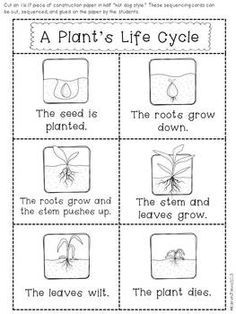



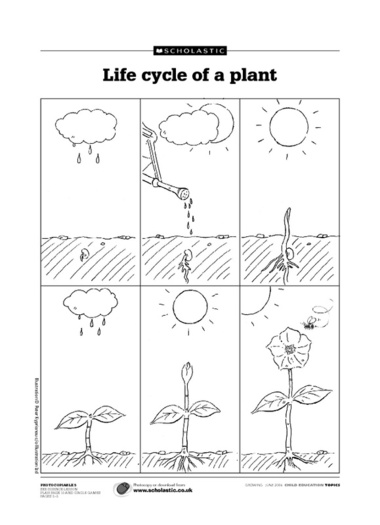

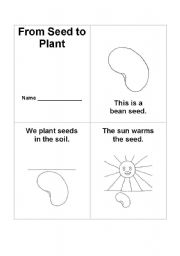
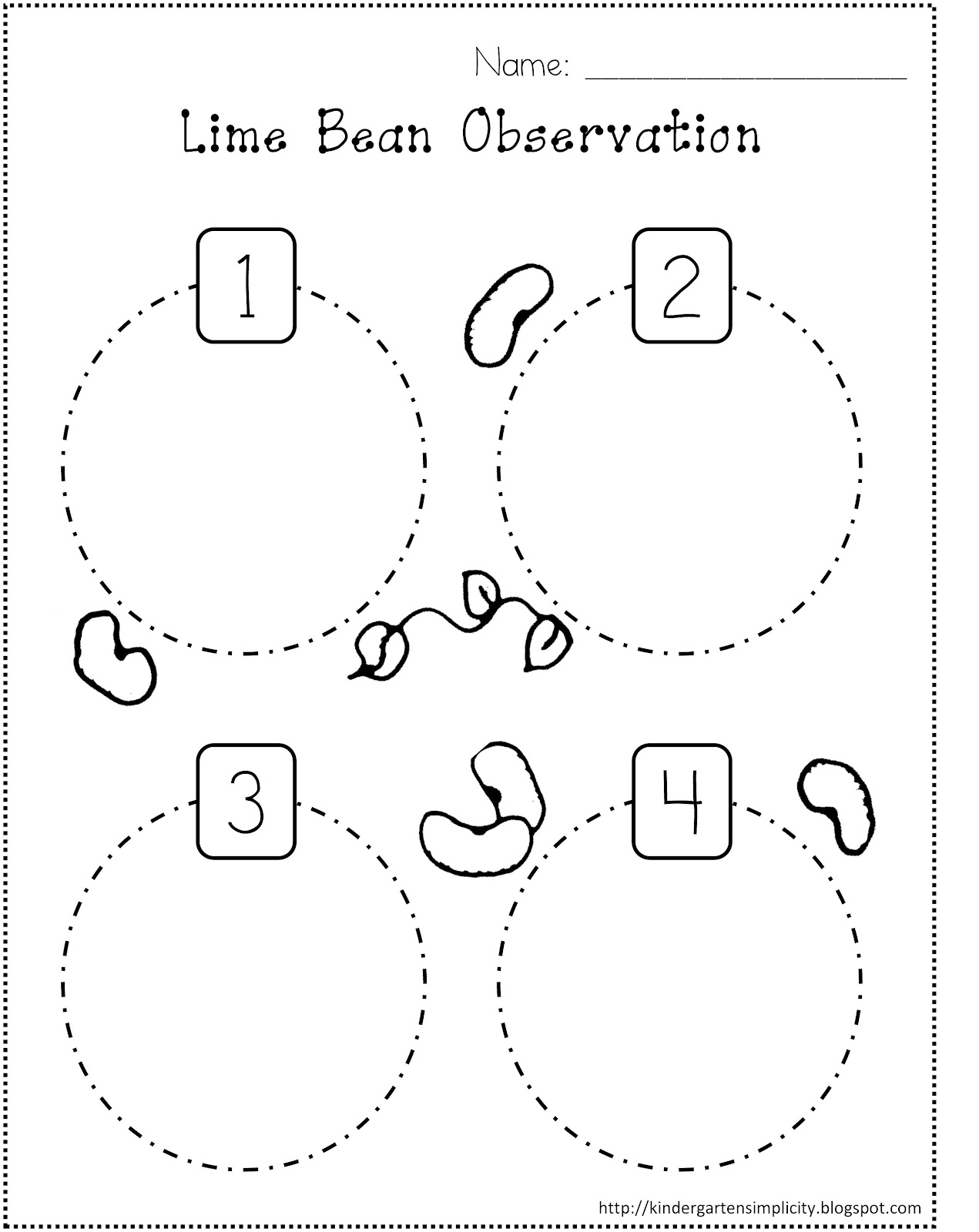
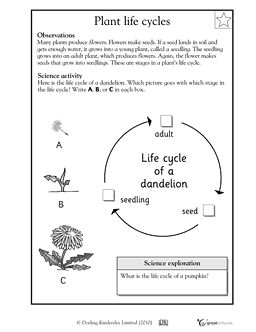
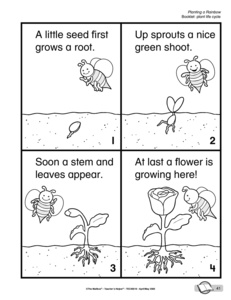
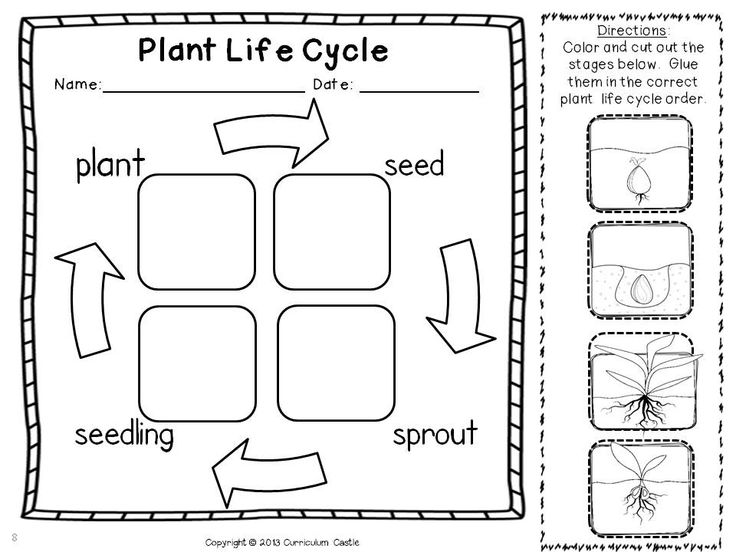

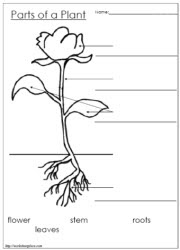
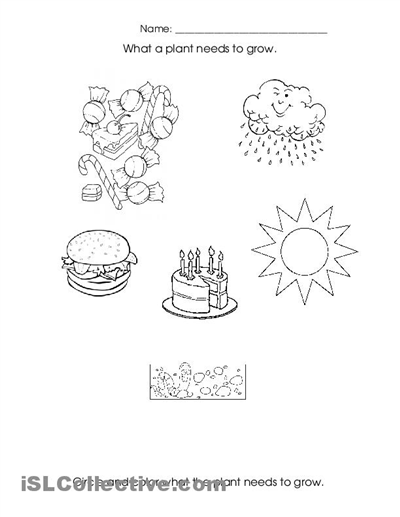
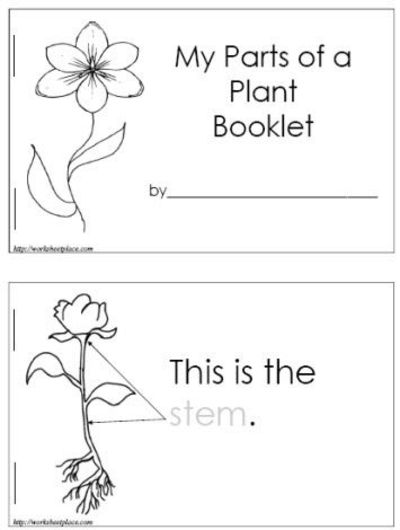

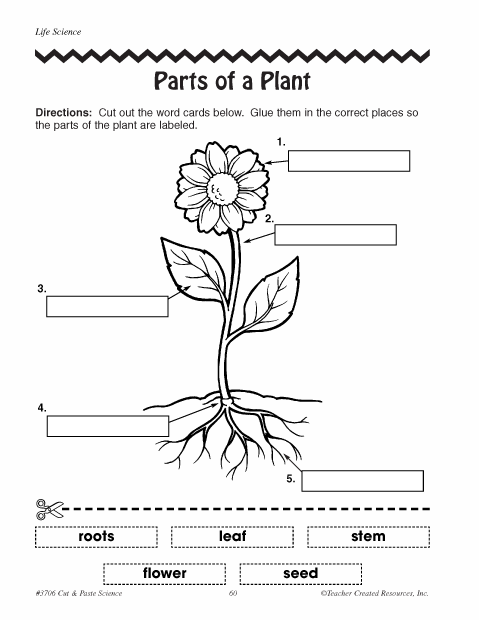














Comments